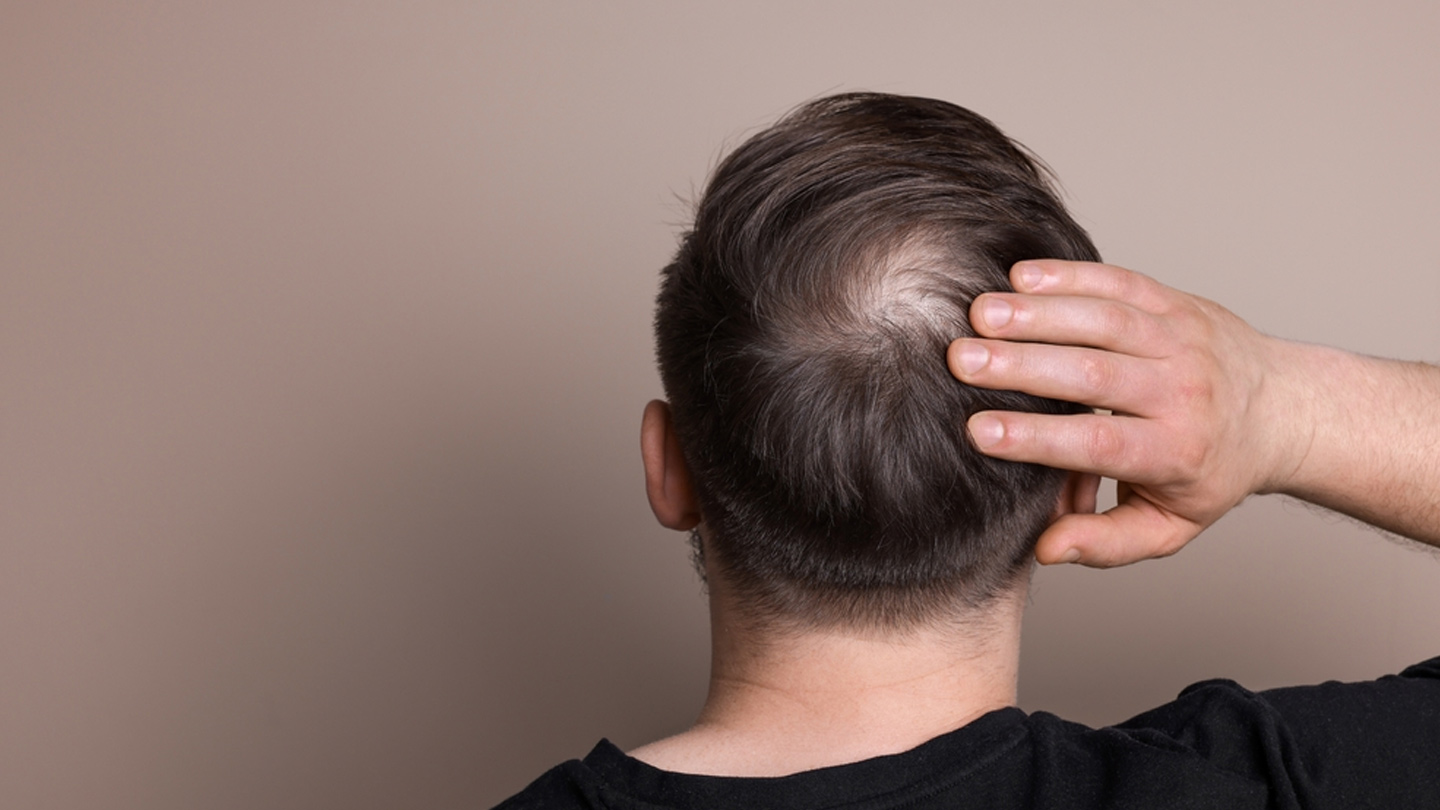Medical
Signs of Iron Deficiency and Ways to Boost Iron Absorption
Not getting enough iron can cause low energy, reduced concentration, anemia and a lot more. We tell you how much iron you need, and how to get the most out of your iron-rich foods.

In 2020, the National Family Health Survey concluded that in most Indian states, more than half of all women and children, and about 30 percent of all men are iron deficient. Overdependence on carbohydrates, low consumption of vegetables, and the increasing popularity of packaged and processed foods are all cited as reasons behind this deficiency.
Iron is a mineral that is vital for the healthy growth and maintenance of your body. Iron is used to make haemoglobin, a special protein present in red blood cells that is vital for carrying oxygen from your lungs to the rest of your body. It also forms myoglobin, the protein which provides oxygen to your muscles. Iron promotes increased energy, healthy pregnancy, and good athletic performances. It helps many vital functions of your body, like gastrointestinal processes, maintenance of the immune system and regulation of your body temperature. But the functions of iron can go unnoticed until you experience the effects of its deficiency.
Effects of Iron Deficiency
- Not getting sufficient iron can cause iron-deficiency anemia, the most common nutritional deficiency disease in the world and in India. This will cause unusual fatigue because your body will have less oxygen circulation, make you feel cranky and decrease your ability to concentrate.
- It can cause shortness of breath, lightheadedness, dizziness and frequent headaches.
- It damages your hair, making it look dry and dull, because of the lesser amounts of oxygen available for healthy hair growth.
- It can cause dry sores in your mouth that might be painful.
- In pregnant women, low levels of iron can weaken the immune system and make them prone to infections and inflammations.
- In children, it can lead to a lack of appetite, slow weight gain, and make them more prone to falling sick.
How Much Iron Do You Need?
There are two types of dietary iron, heme and non-heme. Heme iron comes from animal sources of food, such as poultry, seafood and meat. Non-heme iron is found in plant sources, such as nuts, beans, soya, vegetables, and certain grains. Iron has a low bioavailability, which means that the small intestine does not readily absorb the nutrient in large amounts, making a deficiency easier to occur. On top of this, the bioavailability of heme iron is upto 20 percent, while that of non-heme iron is 5 to 12 percent. The Recommended Dietary Allowances (RDA) in 2019 thus suggests that vegetarians need 1.8 times more dietary iron than non-vegetarians.
| Life Stage | Sex | Recommended Amount |
|---|---|---|
| Up to 13 years | All | 10 mg |
| Teenagers (14 – 18 years) | Boys | 11 mg |
| Teenagers (14 – 18 years) | Girls | 15 mg |
| Adults (19-50 years) | Men | 8 mg |
| Adults (19-50 years) | Women | 18 mg |
| Pregnancy | 27 mg | |
| Adults above 51 years | All | 8 mg |
Iron-Rich Foods
(Iron quantities mentioned are determined by the United States Department of Agriculture or USDA.)
- Animal sources like egg (1.2 mg/100g), pork (0.9 mg/100g), shellfish (0.5 mg/100 g) and beef (2.6 mg/100g).
- Plant sources like lentils (3.3 mg/100g), chia seeds (7.7 mg/100g), flax seeds (2.7 mg/100g), spinach and kale (2.7 mg/100g), chickpeas (6.2 mg/100g), kidney beans (8.2 mg/100g) and tofu (2.7 mg/100g)
- Whole grains like quinoa (2.7 mg/cup) and oats (3.4 mg/cup).
- Dark chocolate (3.3 mg/28g)
How to Increase Iron Absorption
- Eat foods rich in Vitamin C when you eat iron-rich foods. Such foods include citrus fruits, green leafy vegetables, bell peppers, tomatoes, broccoli and strawberries. Vitamin C helps your body to absorb dietary iron better, by up to 60 percent. It also negates the effect of phytate, present in cereals and legumes, which decreases the bioavailability of iron.
- Add foods rich in Vitamin A and beta-carotene to your diet. These include carrots, oranges, apricots, red peppers and peaches.
- To maximise absorption of iron, avoid eating calcium-rich foods during meals when you eat iron-rich foods, as studies show that calcium can reduce iron absorption by almost half.
- Polyphenols, present in coffee and tea, hinder non-heme iron absorption. Avoid taking them alongside your meals.
How Much Is Too Much?
It is difficult to get too much iron purely from dietary sources. The maximum amount of iron that one can have is 40-45 mg for adults. Crossing this limit can cause an inflamed gut, resulting in nausea, vomiting and stomach pain. Some genetic health conditions can cause your body to store excess iron, leading to a disorder called Hemochromatosis or iron overload, for the treatment of which you need to consult your general physician.
EXPLORE MORE
A sprain isn’t “just a sprain.” Here’s what your ankles wish you knew.
Your body whispers before it screams. Here are the early heart disease warning signs most people overlook until it’s too late.
Baldness isn’t just about ageing; it’s a complex condition influenced by biology, habits, and health. Understanding it is the first step toward managing it.
Breast cancer before 40 is rare, but not impossible. Know these warning signs so you can spot them well in time.







.jpg)


